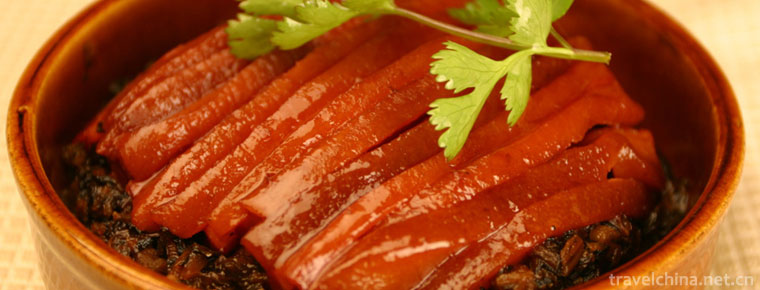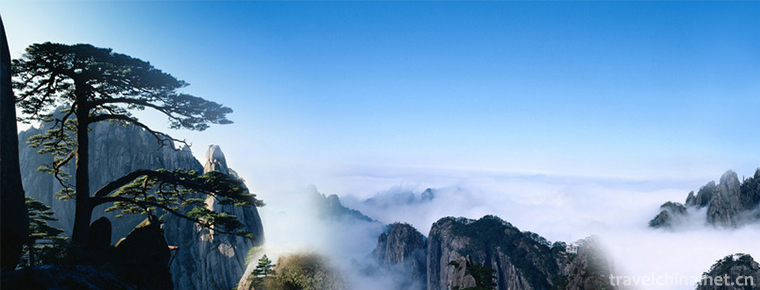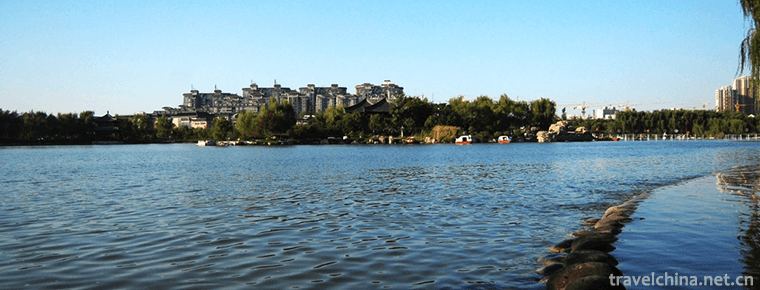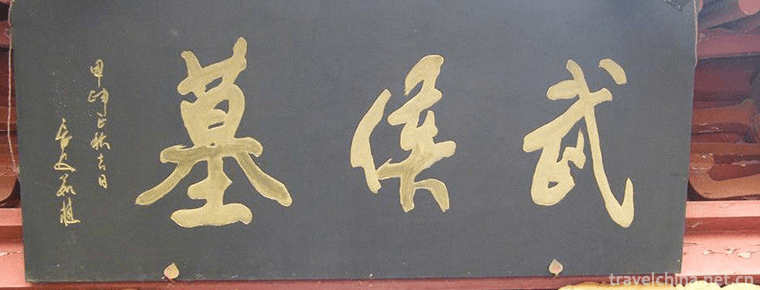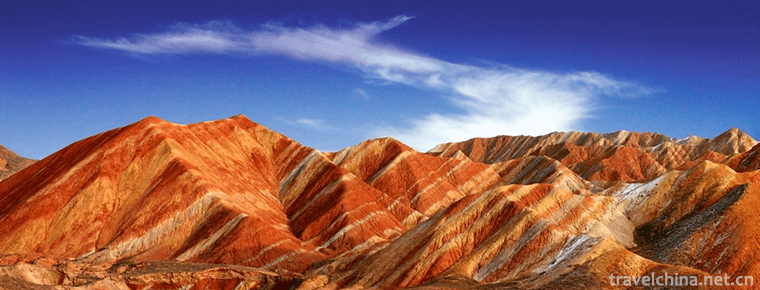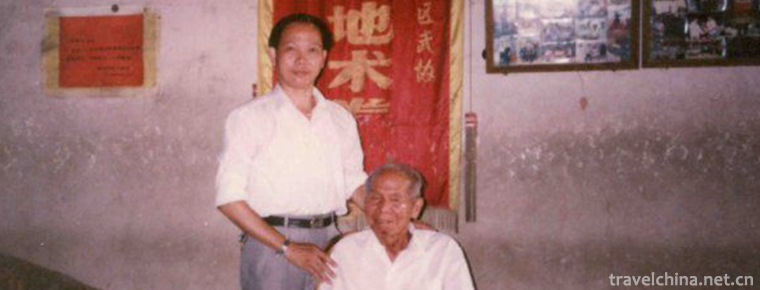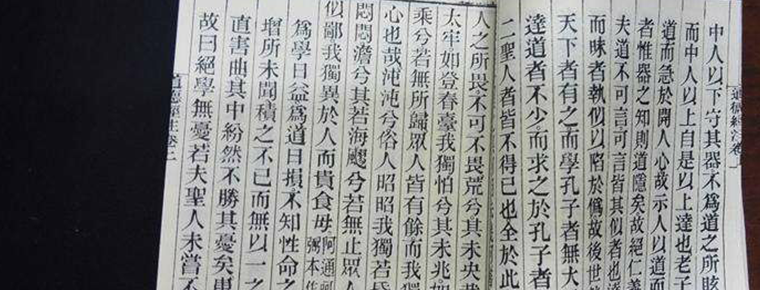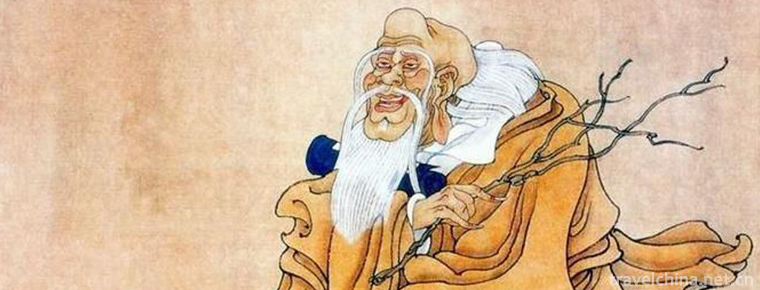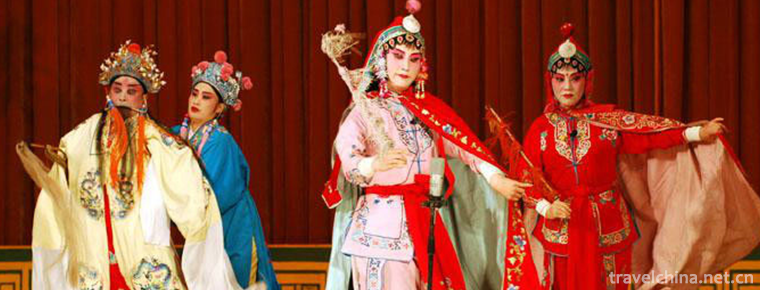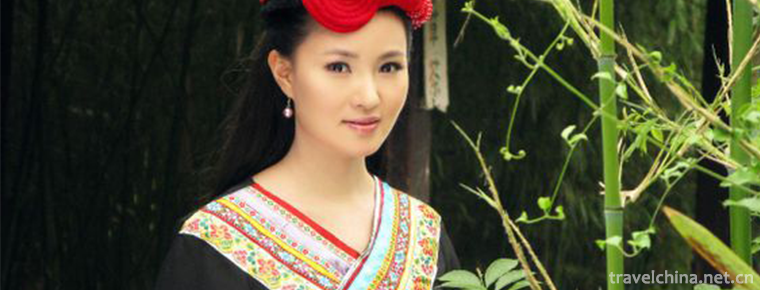Yibin cultural characteristics
Yibin cultural characteristics
Wine culture
History of wine: Yibin has been a multi-ethnic area since ancient times. Relying on the customs and experience inherited from generation to generation, the people of all ethnic groups in this area have brewed their own historical wine in different historical periods. There are some historical evidences, such as the sake brewed by Liao people in the pre Qin period, the juanjiao wine brewed by the Bo people in the Qin and Han Dynasties, and the fruit wine brewed by the wild small red fruits of the Three Kingdoms period.
Bamboo culture
Beautiful scenery of bamboo: Yibin is a city surrounded by green bamboo. The bamboo sea in southern Sichuan, which is famous for crouching tiger, hidden dragon, is the representative of the "beautiful bamboo scenery" in Yibin. With a cool wind of 120 square kilometers, there are bamboo waves everywhere. Huang Tingjian, a scholar of the Northern Song Dynasty, said "majestic, bamboo waves are thousands of Li" to express the vigor and vitality of the bamboo sea in southern Sichuan.
Bamboo crafts: with the help of abundant bamboo resources, a lot of handicrafts with bamboo as raw materials have been formed in Changning and Jiang'an counties of Yibin City, with a variety of varieties covering all aspects of people's life, including bamboo carving, bamboo root carving, bamboo weaving, etc., especially various arts and crafts carved with bamboo roots. In 2008, Jiang'an Zhuhuang was listed in the national intangible cultural heritage protection.
Bamboo delicacies: Yibin people have made a variety of dishes with bamboo as raw materials, and then formed a "whole bamboo mat". Different varieties and different growth stages of bamboo and different parts of bamboo can be combined with other delicious raw materials to produce "bamboo delicacies", such as bamboo tube rice, bamboo root wine, bamboo leaf yellow cake, three fresh bamboo fungus soup, cold mixed bamboo shoots, etc.
Dajiang culture
In Yibin, there are Yangtze River, Jinsha River and Minjiang River, as well as Wujiang River, Fujiang River, Hengjiang River, Yuexi River, Nanguang River, Huangsha River, Cui River, etc. these rivers have brought wealth to Yibin, and these rivers have bred Yibin's great river culture and continued Yibin's cultural roots. Yibin's River culture covers dragon worship, respect for "Sichuan master", xiuta Zhenshui, wharf folk custom and so on.
Yibin is the starting point of the Yangtze River. Six ferries are six ferries: Beiguan ferry, Dongmen ferry, hejiangmen ferry, Shangdu ferry, Zhongdu ferry and Xiadu ferry. The eight groups are eight major boat Gangs: dry goods Gang, Chengdu Gang, Wuban Gang, Xuyu Gang, xulu Gang, Zhumu Gang, Yanbang and Jiayang gang.
Culture of Bo people
Bo nationality is one of the ethnic minorities who lived in Yibin for a long time. It has disappeared. Only cultural relics and remains can be explored. The Bo culture of Yibin can be learned from the cliff burial coffin and bronze drum.
tea culture
"The tea of Bodao has lasted three thousand years.". Bodao is the earliest administrative appellation of Yibin. In 1022 BC, the people of Bo helped King Wu of Zhou to conquer Zhou and was granted the title of Marquis of Bo, and the state of Bo Hou was founded. Yibin, with 3000 years of tea production history, is the post station of tea horse ancient road.
Culture and art
Since the Ming Dynasty, the production and society in the lower reaches of the Jinsha River have been unprecedentedly developed, and the shipping industry of the Jinsha River has also naturally been unprecedentedly developed. Therefore, the boatman's number in the lower reaches of the Jinsha River has gradually formed. The boatman's song in the lower reaches of Jinsha River comes from the life of the boatman in the Jinsha River. It is a unique folk music produced in the process of ancient wooden boat shipping. It is a true portrayal of the life style and living state of the boatman.

Yibin cultural characteristics
-
Mount Huangshan
Huangshan: World Cultural and Natural Heritage, World Geopark, National AAAAA Class Scenic Spot, National Scenic Spot, National Civilized Scenic Spot Demonstration Site, Top Ten Famous Mountains...
Views: 269 Time 2018-10-28 -
South Lake
Nanhu, formerly known as Luweichi Lake, also known as Machang Lake and Luanhu Lake , is located in Nanhu District, Jiaxing City, Zhejiang Province
Views: 258 Time 2018-12-07 -
Guifeng Scenic AreaShangrao City Jiangxi Province
Guifeng Scenic Spot is located in the southwest of Yiyang County, Jiangxi Province, beside 320 National Highway, 311 Highway and Zhejiang-Jiangxi Railway
Views: 189 Time 2018-12-08 -
Wuhou Tomb Scenic Area
The Tomb of Marquis Wu is the tomb of Zhuge Liang, a famous statesman and militarist in the Three Kingdoms Period. It is located at the foot of the ancient battlefield of Dingjunshan
Views: 198 Time 2019-02-24 -
Zhangye Danxia National Geological Park
Zhangye Danxia National Geological Park is the only Danxia landform and color hilly landscape complex area in China. Located at the northern foot of Qilian Mountains, 30 kilometers south of Linze Coun
Views: 217 Time 2019-03-16 -
Di Shu boxing
Gejiquan is one of the rare traditional types of boxing in southern China, also known as "Gejiu Dog Method", "Dilong Quan" or "Dili Quan". It is commonly known as "D
Views: 445 Time 2019-04-26 -
Jinling Classic Carving and Printing Techniques
Jinling classical engraving and printing technology, local traditional handicraft in Nanjing, Jiangsu Province, is one of the national intangible cultural heritage.
Views: 293 Time 2019-05-06 -
Laozi legend
Laozi is the incarnation of Laojun. The fifteenth day of February in the lunar calendar is a major Daoist festival. It is the "Christmas" of the emperor. Lao Tzu, the word Boyang
Views: 238 Time 2019-05-11 -
Mao Qiang
Maoqiang is a local opera popular in Weifang, Qingdao, Rizhao and other places. It was originally a folk humming tune called "Zhou Gu Tune". Legend has it that Maoqiang was named after a nun
Views: 114 Time 2019-05-30 -
She Costume
She nationality's men and women's clothing is basically the same as that of the local Han people. However, the She ethnic costumes in Fujian and Zhejiang provinces with relatively concentrated populat
Views: 365 Time 2019-06-14 -
Deyang tertiary industry
In 2018, the annual real estate development investment in Deyang City was 14.98 billion yuan, an increase of 42.6% over the previous year. The construction area of commercial housing was 15.827 million square meters, an increase of 24.9%; the completed area
Views: 358 Time 2020-12-14
